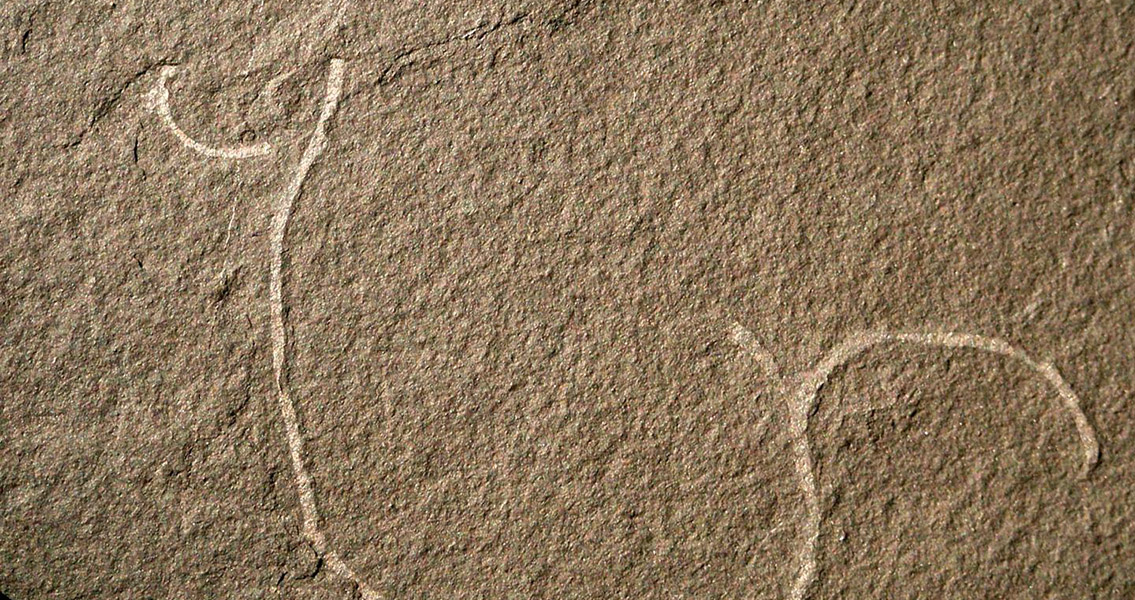<![CDATA[A pair of newly-discovered fossils from the Late Precambrian may be two of the most ancient examples of seaweed – otherwise known as multicellular marine algae. The new marine organisms, discovered by a team of paleontologists led by Stephen Dornbos from the University of Wisconsin-Milwaukee (UWM), are estimated to have lived more than 550 million years in the past. With the difficulties scientists have faced in pinpointing when life on Earth made the jump to multicellular organisms instead of more simple-celled plants and creatures, this new discovery could be instrumental in narrowing down the date for the evolutionary leap. The discovery of the ancient seaweed has the potential to tell scientists more about the way life existed during the tail end of the Precambrian, a time known as the Ediacaran Period, in a way that just hasn’t been documented sufficiently, said Dornbos in a UWM press release coinciding with the publication of his team’s research findings. The geosciences professor, who is also the lead author of the research study, added that the data gathered from these two new, previously-unknown species can help scientists to draw correlations between the changes in how life developed with already existing knowledge about the ancient environments that once graced the Earth’s surface. Paleobiologists have long theorized that a massive increase in the diversity and complexity of life on Earth, something referred to as the Cambrian Explosion, began around 541 million years in the past. However, Dornbos remarked that the discovery of these two plant fossils indicate yet again that multicellular life was alive and well several million years prior to the beginning of the Cambrian Period, or at least it was when it came to marine plant life. The problem lies in how uncommon it is to find fossilized remains of soft-bodied organisms earlier than the Cambrian Period. The key lies in the type of sedimentary layers, known as Burgess Shale-type deposits (BSTs), that are more adept at preserving these organic remains. BSTs dating to the Ediacaran are exceedingly rare and often require scouring the globe, but Cambrian ones are much more numerous; the Ediacaran BST deposit where the seaweed fossils were found were in a limestone deposit in western Mongolia, for example. Ediacaran BST fossils, when they are discovered, are usually one of two main types: either incredibly difficult to classify long-extinct organisms, or multicellular marine algae such as the latest seaweed find. As a result, it can be a controversial and hotly contested act to make a positive and definitive determination on exactly what an Ediacaran fossil deposit has preserved within. Finding a fossil from the Ediacaran, Dornbos remarked, requires a scientist to have an ironclad level of support in order to ensure their interpretation of what that fossil once was in life. Additionally, the further back into the recesses of geologic time a scientist goes, the more difficult it is to have a fossil interpretation that won’t become hotly contested. The research paper penned by Dornbos and his colleagues is available online from the journal Scientific Reports Image courtesy of Stephen Dornbos]]>
Fossils of Two New Marine Plant Species Discovered
